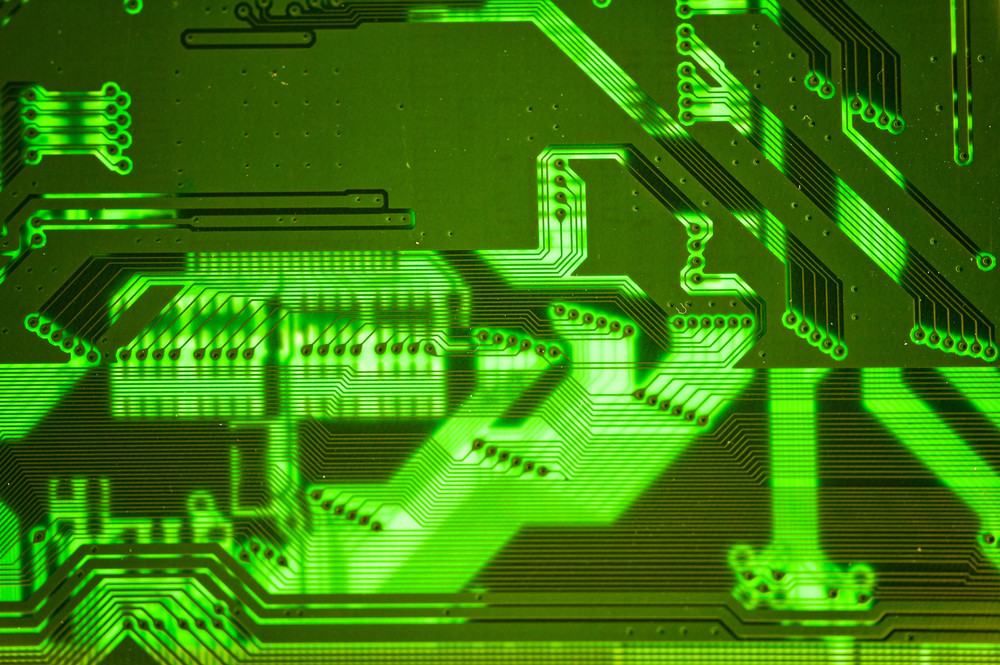
close up of electronics

There is certainly no denying the fact that technology has become present just about every single place that we look. We have technology in every aspect of our lives, from the personal to the professional. Even our phones now serve as tiny computers, ones that still fit in our pockets and can be easily carried around just about everywhere that we go. For many people, life without technology would look very different indeed. Most people would be something like devastated to find out that they no longer had access to the technologies that they have become accustomed to, for that matter.
But how exactly do these technologies work? In many cases, the answer is circuit boards. Circuits boards come in many different varieties and in all shapes and sizes, though this is not something that everyone is aware of. Without circuit boards,as the average PCB manufacturer working for one of the PCB manufacturing companies throughout the world will likely be more than aware of, much of the technology that we have become accustomed to would simply cease to function. Fortunately, designing these circuit boards has become easier and more efficient of a process than ever before.
Actually, this is thanks to the technology that circuit boards themselves help to provide. This is due to the fact that circuit board designers actually now use design systems that are computer aided in nature. These systems of design have software built in to them, software that directly helps to layout the pattern and design of the circuit board that is being created. This helps not only to improve the overall process of designing a circuit board, but the efficiency of this process as well. This helps for overall accuracy of circuit board assembly as well, especially when you consider the fact that the spaces found between the electrical conducting paths are often incredibly small, sometimes only one mm apart – or even small, in some cases.
Circuit board assembly will also differ between the types of circuit boards that are available, making the precision of circuit board assembly all the more important. After all, there are many factors to circuit board assembly that can differ from circuit board to circuit board. One such factor is how many layers a circuit board might have. For anyone who has worked in the creation of circuit boards or even just in the process of circuit board assembly, this is well known. A circuit board might have as few as four layers, but it can also have as many as 42 layers. However, it is most common for a circuit board to have anywhere from four layers to ten layers.
And the overall variety of circuit boards that must go through the process of circuit board assembly is even more impressive. After all, double sided circuit boards are also used quite regularly in this field, as anyone who provides these board assembly services is likely very familiar with indeed. And there are even two distinct varieties of double sided circuit boards.
Both of these varieties of double sided circuit boards are quite regularly and routinely utilized, and both have their advantages and disadvantages. The first type of double sided circuit board is that of the double sided circuit board that uses through hole technology. The other type is the circuit board that uses surface mount technology. The type of double sided circuit board that is ultimately constructed and goes through the process of circuit board assembly will be influenced by a number of factors, and it will be critical for the person designing the circuit board or boards in question to take all of these factors into careful consideration.
At the end of the day, all kinds of circuit boards are quite hugely important indeed, no matter how many layers or sides the circuit board in question is using. The professionals who construction and put together these circuit boards play a key role in the growth of technology in our world as we know it – and in the world that is to come in the years that are ahead of us, something that many of us very much look forward to.

